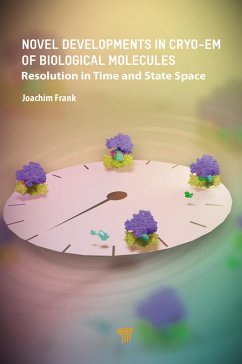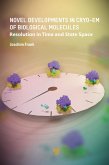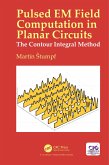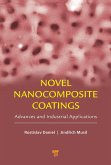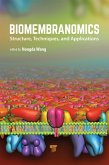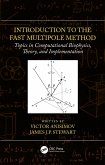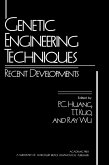Cryo-EM, as it is currently practiced in many laboratories, is limited to the visualization of molecules that are in thermal equilibrium at the time before freezing. A further limitation is that the existing software does not fully exploit the information that is contained in the images of large ensembles of molecules in thermal equilibrium. This book is a collection of recent articles by the author, reprinted with introductions, and they mainly describe two novel methods in cryo-EM, one computational and the other experimental that requires the use of a microfluidic device. Both methods have the capacity to shed light on the dynamic behavior of biomolecules. Combined, they greatly expand the range of applications of cryo-EM.
The book describes a successful approach in which, based on cryo-EM data, all states visited by the molecule in thermal equilibrium are mapped by manifold embedding-a method of geometric machine learning-and the energy landscape of the molecule is derived. It also discusses methods and biological results of time-resolved cryo-EM, following a reaction in a non-equilibrium system over a short period of time and resulting in the capture of short-lived states that have been inaccessible by standard methods of cryo-EM.
The book describes a successful approach in which, based on cryo-EM data, all states visited by the molecule in thermal equilibrium are mapped by manifold embedding-a method of geometric machine learning-and the energy landscape of the molecule is derived. It also discusses methods and biological results of time-resolved cryo-EM, following a reaction in a non-equilibrium system over a short period of time and resulting in the capture of short-lived states that have been inaccessible by standard methods of cryo-EM.
Dieser Download kann aus rechtlichen Gründen nur mit Rechnungsadresse in A, B, BG, CY, CZ, D, DK, EW, E, FIN, F, GR, HR, H, IRL, I, LT, L, LR, M, NL, PL, P, R, S, SLO, SK ausgeliefert werden.

